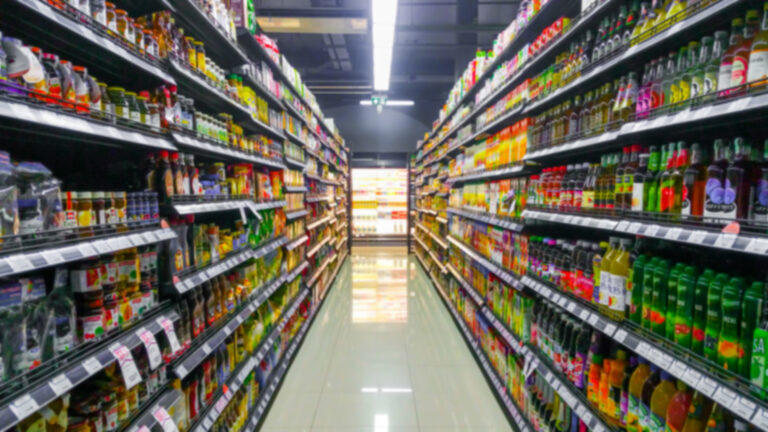Earlier this year, the Government of Canada published a regulatory framework paper on Recycled content and labelling rules for plastics. To reduce the environmental impact of food packaging, the framework outlines regulatory targets for recycled content for plastic packaging and certain single-use plastics. Currently, Canadians throw away over 4.4 million tons of plastic waste every year, with only 9% recycled. Plastic packaging (e.g., bottles, rigid containers, bags, etc.) constituted 37% of total produced plastic for Canadian consumption in 2019, with most plastic waste ending up in landfills. Because recycling alone cannot solve the plastic waste problem, the Canadian Government is continually enhancing measures to better manage plastic and move towards its goal of zero plastic waste, including that of food packaging.
However, because there is a very limited supply of food-grade recycled resins for many types of food-contact packaging, the framework does not apply to primary food plastic packaging (that which comes in direct contact with food) except for beverage containers. So, the Government published a Consultation document for a Pollution Prevention planning notice (P2 Notice) for primary food plastic packaging targeting reduction, reuse, redesign, and recycled content.
The goal of the P2 Notice is to reduce the amount of primary food plastic packaging used in-store and throughout the food value chain by eliminating unnecessary or problematic packaging and displacing single-use packaging with reuse-refill systems, and driving innovation so necessary plastics are food-safe and designed to be reused, recycled, and composted in Canadian facilities.
The P2 Plan would require large grocery retailers (those that generate Canadian grocery retail sales over $4 billion annually) who use primary food plastic packaging to prepare and implement a pollution prevention (P2) plan aimed toward zero plastic waste from primary food plastic packaging. The P2 plan is to be developed at the parent company level, apply across their subsidiaries and franchises, and be designed to:
- Focus on all “Factors to Consider” (section 4.5) of the Notice, which can include specific reduction targets as well as performance standards, general objectives related to life-cycle management, currently available technologies and P2 methods, codes of practice, guidelines, use of safer alternatives, etc.
- Meet targets set by the Minister for recycled content and the reduction, reuse, and redesign of primary food plastic packaging.
- Include targets to increase the sale of products within reuse-refill systems, concentrated products, and products free of plastic packaging, considering non-food products, as applicable.
The covered grocery retailers would be required to submit declarations and interim progress reports to the Government of Canada outlining the planned and implemented actions in their P2 plan. Because Notices differ from regulations, companies are not considered out of compliance if they are not able to meet all the objectives of the Notice. However, they must report to Environment and Climate Change Canada (ECCC) on how they considered all the factors in their P2 Plan, why objectives were not met, and what action will be implemented to meet the objectives. Additionally, those who do not prepare, implement or report on a P2 plan can be subject to enforcement actions.
Currently, the government is considering comments received from stakeholders, and plans to publish the Proposed Notice by year end. Thus, TAG Canada recommends that all who will be subject to notice review the proposal and begin to determine actions you can take for compliance and development of your P2 plan.





